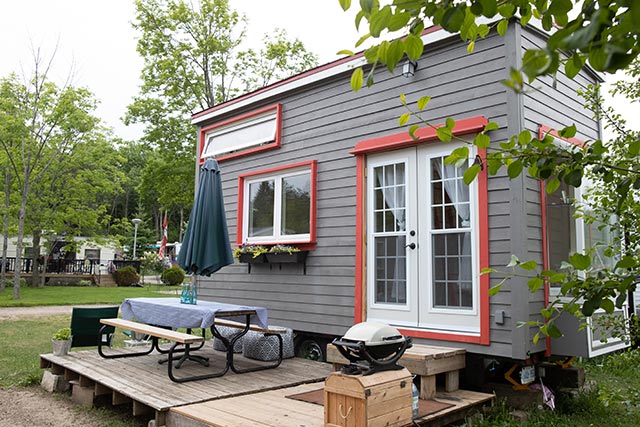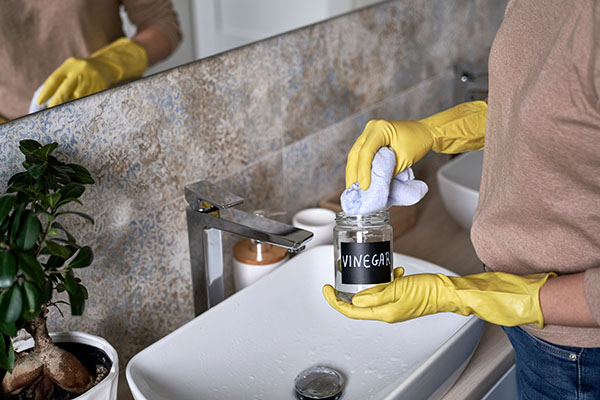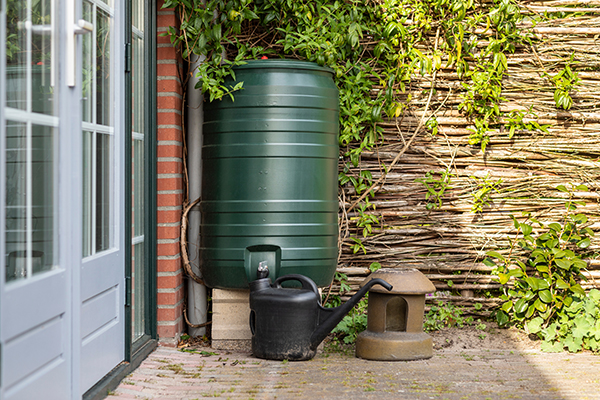
Before SHTF and you lose access to running water, consider learning how to build your own well on your homestead. (h/t to BeSurvival.com)
Do your homework
Your location is a key factor. If you live in the deep south -- like in Louisiana, Mississippi, Alabama, or Florida -- and you are not in the hills, your drill depth may be shallow – less than 80 feet. Conversely, if you live further north and in more hilly areas, the drill depth may be significantly deeper. If your house is on a scenic hill, it may add hundreds of feet to the water level, which would require more money for drilling and installation.
The type of soil also impacts the drilling. Rocky soil or compacted clay can affect the time it would take to drill through and the type of drill bits needed to get through the ground.
Ask around the neighborhood about the wells in the area. Neighbors, particularly old-timers, often know the area well enough to give you some idea of what lies beneath the subsoil. If your closest neighbor is 10 miles down the road, the soil composition is bound to be similar and the water level is probably pretty close to what you will have.
If the property you bought has an existing well, find out when it was drilled; the depth of the drilling; and the water depth when it was drilled. If the well was drilled over 25 to 30 years ago, there may be no county records of it.
If your chosen homestead has an existing well pump, don’t immediately replace it thinking it may break down on you. Find out as much as you can about it, like what type or size of pipe was used or what brand or size of pump was installed.
Building your well
Once you're sure that you've gathered enough information, you can now start building your well. Before you begin, make sure to soften the ground as much as possible. The softer the ground, the easier the work. You may dig a hole at the site you’ve selected and allow water to settle in it for a week. A shallow hole (5 to 10 feet) is recommended because deep ones often need reinforcement to prevent them from collapsing.
Things you need:
- A 2-inch drivepoint with screen – a hollow, conically shaped metal point adjoined to a fine mesh screen
- Several spools of Teflon tape
- 2-inch galvanized couplings to attach pipe lengths together
- 5-foot-long threaded lengths of 2-inch galvanized Schedule 40 pipe
- 2-inch galvanized caps for the pipe
- Concrete mix
- A weight
- A foot valve
- 85 feet of 1/2 inch inside diameter, thick-walled, flexible, UV resistant, polyethylene tubing
Instructions:
Dig a 5-foot deep pit, fill it with water, and allow the ground to fully absorb the water to soften the subsoil. Make sure that the drivepoint is perpendicular to the ground – check it frequently with a level. If it is not straight, pull it out and start again. A slanted well wastes pipe and may be difficult to pump.
Using a heavy wooden mallet or maul, drive the capped galvanized pipe into the ground. If the cap develops a crack or dent, discard it and screw on a new one. When the cap is even with the bottom of the pit, unscrew it and screw on a coupling and a new length of pipe. Use Teflon tape on the pipe threads, and make sure all connections are tightened securely with a pipe wrench.
If you're going through clay or shale, it may be easier to use a sledgehammer, but be careful not to overdo it.
If the drivepoint hits a rock, pull it out and restart in a new location. No matter how far along you've come, do not try to break through it – you could destroy your drivepoint.
To pull out the drivepoint, place two hydraulic automobile jacks on opposite sides of the pipe. Attach a pipe clamp to the pipe for the jacks to lift against. Once the drivepoint lifts a few inches, it should be easy to remove.
For a rough estimate of how deep you should dig, drop a weight on the end of a string down a neighbor’s well and measure to the point where the string becomes wet. Alternatively, you can pick a spot outside the drip line of a large hickory, walnut, butternut, white oak, or hornbeam tree that is not being irrigated. Since these trees have tap roots, the fact that they are doing well without irrigation indicates that their tap roots are anchored in an aquifer.
You've hit the jackpot
If you believe you've reached water, tie a weight onto a length of string and lower it into the pipe. If it comes out wet, repeat the test several times over the next two days – if the results are the same, you’ve found water. Drive the pipe down some more to compensate for seasonal fluctuations and periods of drought.
Lastly, add a sanitary seal to prevent surface runoff from contaminating the aquifer. Lengthen the pipe to a height approximately 3 feet above the surface of the ground and fill the pit with the original soil.
To protect your water supply and anchor your well, pour a small concrete slab into forms made of used 2x4’s or 2x6’s centered around the pipe at the surface. Install insulation around the pipes to protect your well from damage if the temperature where you live drops below freezing in winter.
There are other considerations for installing a DIY homestead well – the key is to do your research and take things one step at a time.
Sources include:
Please contact us for more information.























